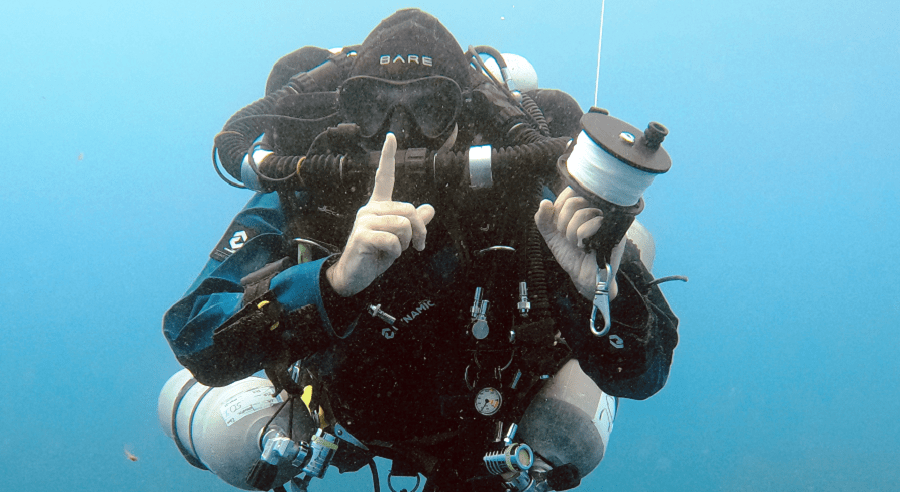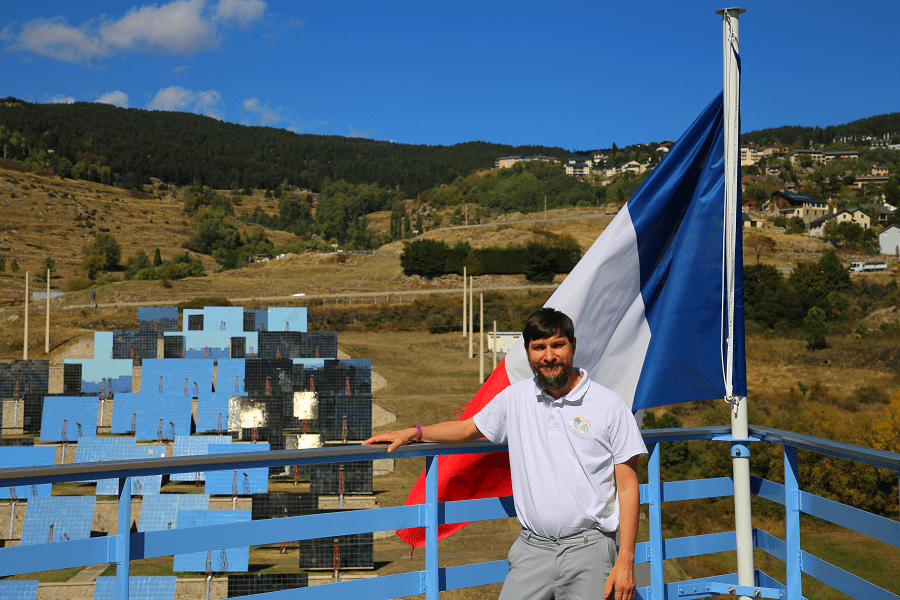
Elena Andreevna Korneva is the Academician of the Russian Academy of Sciences, Doctor of Medical Sciences, Professor, Chief Researcher and Scientific Advisor in the General Pathology and Pathophysiology Department of the Institute of Experimental Medicine.
She is one of the founders of a new scientific discipline— neuroimmunophysiology, the development of which was largely initiated by her discovery about the certain brain structure influence on the immune response intensity. E.A. Korneva discovered in the 60s the certain brain structures property to inhibit in case of damage, and to stimulate the immune response during stimulation. These works laid the foundation for a new direction, which was formed and grew into a scientific discipline—neuroimmunophysiology.
The nervous and immune systems are seemingly completely different, although it is obvious that they interact with each other. How are they interconnected?
The immune system has a function of perceiving certain nature signals, which is a sensory function. The immune system cells perceive genetically alien substances’ appearance in the body. This property is characteristic of antigen-recognizing and some other immune system cells.
The immune system organs—bone marrow, thymus, spleen—are connected to the central nervous system through the sympathetic nerves. Information of the entry of bacterial antigens and LPS into the abdominal cavity, intestines, and some of parenchymatous organs enters the brain via parasympathetic pathways, and if the vagus nerve is transected, the CNS neurons do not respond to their introduction.
Even 20 years ago, it was difficult to imagine the possibility of summarizing experimental materials on this topic, the literature data was so small and preliminary.
Based on numerous literature data that have become axiomatic and several fairly early studies, it is obvious that information about the foreign protein appearance riches quickly enough the central nervous system, as evidenced by the data of electrophysiological studies, which showed that intravenous administration of various antigens to experimental animals (rabbits, rats) initiates a change in the electrical activity of the hypothalamic and limbic brain structures 9-30 minutes after antigen injection.
Electrophysiological studies and analysis of the number of cells containing c-Fos protein—a marker for activation of neurons in the structures of the hypothalamus—indicate that the pattern of activation of the brain structures is different after the various antigens’ introduction.
The complex presented in the literature and our data allows us to formulate a hypothesis of organizing the information transfer process from the immune system to the brain through the autonomic nerves. It is important to emphasize that this process takes place within minutes, and the response to the information received is realized by the reflex mechanisms, that is, within seconds, which is shown in case of inflammation (“Inflammatory reflex”). This is a new fundamental discovery in the study of the immune system regulation functions. The parasympathetic nervous system activation leads to a decrease of inflammatory processes.
The fact is that these new data significantly change our understanding of the immune system functions’ organization in a whole body, this is the revolution in our understanding. By these data, information about events occurring in the immune system quickly reaches the brain, which forms a response that corresponds to the nature of antigen, which means that the brain receives information about the antigen nature – a completely new position.
Recently studies on vagus nerve electrical and mechanical stimulation have been developing. How effective is this stimulation?
The bioelectronics modern methods usage made it possible to target the nerve pathways involved in the information exchange between the immune system and the brain, and the algorithms’ development for the vagus electrical irritation—to use this effect to treat various diseases.
The vagus electrical stimulation reduces animal death from septic shock by 80%. The effectiveness of vagus irritation by pulsating ultrasound is demonstrated in the clinic in the treatment of inflammatory, allergic and autoallergic diseases.
Fundamental research in the field of neuroimmunophysiology is the basis for the new methods’ development for infectious, allergic, tumor and autoallergic diseases treatment.
Interview: Ivan Stepanyan










